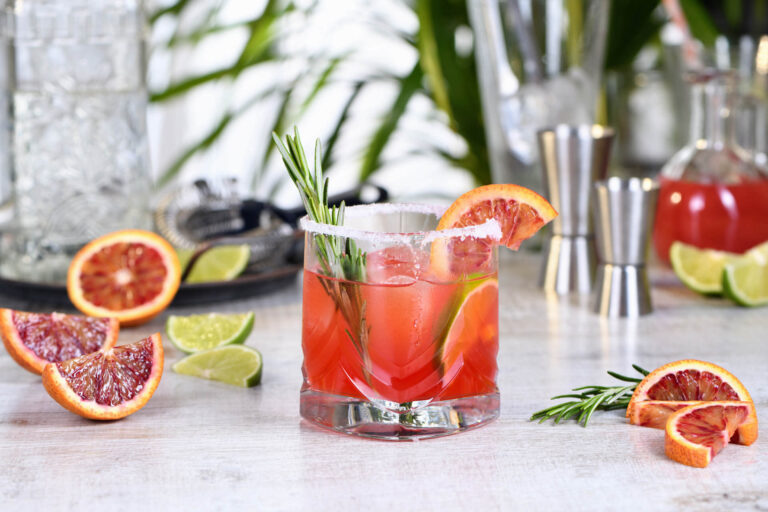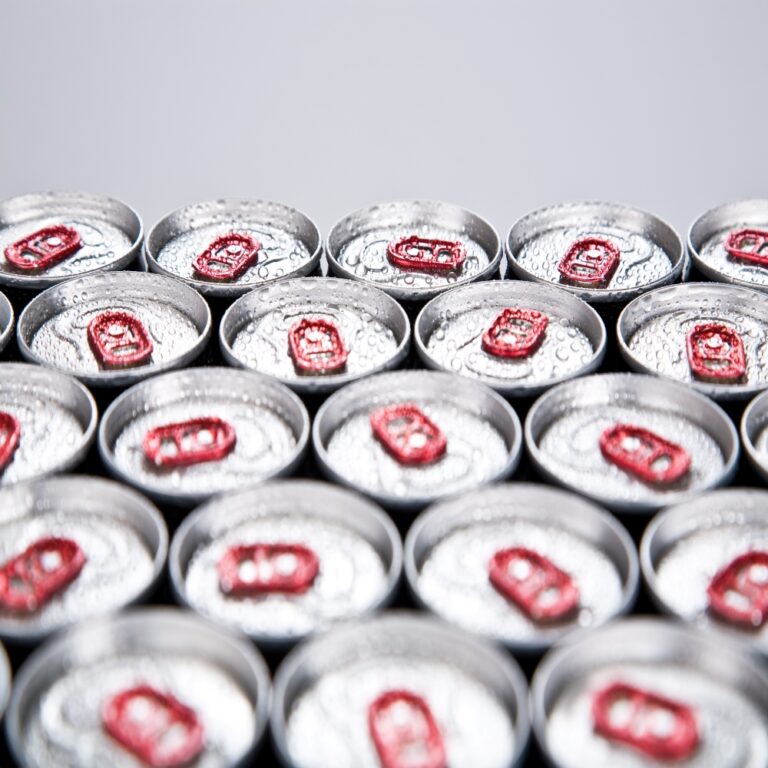26/06/2025
Don’t blame Gen Z: as challenges persist, younger legal-drinking-age consumers are re-engaging with alcohol
Budgets for alcohol are shrinking in many markets, thanks to cost-of-living concerns and the moderation trend, but affluent consumers appear more insulated – and Gen Z is making a comeback, according to Bevtrac, IWSR’s longitudinal consumer sentiment tracker.
Consumers are spending less on alcohol across the world’s leading markets, thanks to a combination of increased moderation and the rising cost of necessities – but Gen Z is confounding conventional wisdom by reviving participation rates and consumption occasions.
According to Bevtrac consumer research undertaken in March 2025 by IWSR, the global authority on beverage alcohol data and intelligence, there is a mixed picture across the world’s leading 15 markets[1] when it comes to consumer sentiment, with India and China remaining positive[2] and Europe recovering slightly, but a more negative picture in North America and across the rest of Asia-Pacific.
As disposable incomes come under sustained pressure, consumers in developed markets are prioritising essential items over alcohol, and hopes of an on-trade revival have been frustrated as drinkers around the world remain less motivated about going out.
More positively, recalled alcohol consumption among the LDA+ Gen Z age cohort has risen to similar levels of participation seen in the population as a whole in most markets. These younger consumers also display a greater propensity to explore a wide array of drink categories, maintaining a broad repertoire of products and, unlike older consumers, are now visiting the on-trade more frequently.
“Alcohol usage among LDA+ Gen Z adults has increased significantly from April 2023 lows, and there is evidence that the propensity to go out and spend more is recovering among this group – challenging the received wisdom that this generation is ‘abandoning’ alcohol,” says Richard Halstead, COO Consumer Insights.
Meanwhile, political uncertainty has impacted consumer confidence in North America, thanks in part to policy shifts by the second Trump Administration, but there are clear signs of growth in India and Brazil, where confidence is strong among higher-income groups in particular.
As the long-running premiumisation trend continues to soften for wine and spirits, growth in premium-and-above beer has accelerated in a number of markets, including Brazil, France and Spain – but consumer recruitment into the no-alcohol category is slowing in some markets.
“The current macroeconomic climate is posing a challenge for beverage alcohol, with consumer sentiment neutral to negative, and spend even more subdued,” says Halstead. “The US and China are seeing some of the biggest falls, and sentiment has weakened across Asia-Pacific, with other markets maintaining the same levels as a year ago.
“India remains the only market with all three indicators – consumer sentiment, recalled volume and recalled spend – in positive territory, as upper-middle-class consumers continue to drink and spend more.”
The rise of Gen Z
According to IWSR’s Bevtrac findings, there has been a marked increase in alcohol participation levels among Gen Z consumers compared to two years ago: in April 2023, 66% of Gen Z consumers in the top 15 markets said they had consumed alcohol in the past six months; in March 2025, this figure rose to 73%.
The trend is especially strong in a number of key markets: in the US, participation rates among Gen Z consumers have risen from 46% to 70% over the same timescale, with robust growth in the UK (participation up from 66% to 76%), India (up from 60% to 70%) and Australia (up from 61% to 83%).
The research identifies a number of other positive Gen Z trends for beverage alcohol, including a greater willingness to explore and maintain wider repertoires among multiple drink categories; above-average engagement with spirits; a more relaxed stance on sustained moderation; and a greater inclination to frequent the on-trade.
India and Brazil spearhead growth
As IWSR recently reported, developing markets are key to future TBA growth after a lacklustre 2024. The clearest signs of robust growth come from India and Brazil: India is continuing to power ahead, with that momentum set to continue and younger drinkers to the fore, according to Bevtrac’s survey of affluent urban LDA consumers.
“Despite a perceived softening of sentiment, affluent Indian Millennials continue to feel financially secure and upbeat about the future, driving accelerated growth of alcohol budgets,” explains Halstead. “Indian Millennials from urban elite backgrounds lead in both experimentation and consumption, with legal drinking age Gen Zs closely following in their footsteps.”
In Brazil, confidence remains positive among higher-income groups, boosting consumption and spend, especially for premium beer – and repertoires have widened considerably among high-income Millennials. “The Millennial cohort, especially in the high-income bracket, is significantly more likely to participate in several categories, such as vodka, gin, cream liqueurs and no-alcohol beer, compared to a year ago,” explains Halstead.
Premium beer outperforms
As volumes of premium and super-premium wine and spirits[3] continue to fall, growth in premium-and-above beer has accelerated, reflected by last year’s +14% increase in premium beer volumes in Brazil, according to IWSR. Consumer data supports this, showing an increase in beer spend among Brazil’s high- and medium-income earners.
But the trend pervades other markets too. “In France, premium and super-premium beer volumes are showing green shoots of recovery, likely driven by medium-income drinkers swapping more premium alcoholic drinks for higher-end beer purchases,” reports Halstead.
“Meanwhile, more affluent Spanish drinkers appear to be reshaping the prospects for premium beer in Spain.”
[1] Canada, US, Brazil, Mexico, UK, France, Spain, Germany, Italy, South Africa, India, China, Taiwan, Japan and Australia
[2] In India and China, Bevtrac measures affluent urban residents
[3] Excluding national spirits
The above analysis reflects IWSR data from the 2025 data release. For more in-depth data and current analysis, please get in touch.
CATEGORY: All | MARKET: All |
Interested?
If you’re interested in learning more about our products or solutions, feel free to contact us and a member of our team will get in touch with you.




